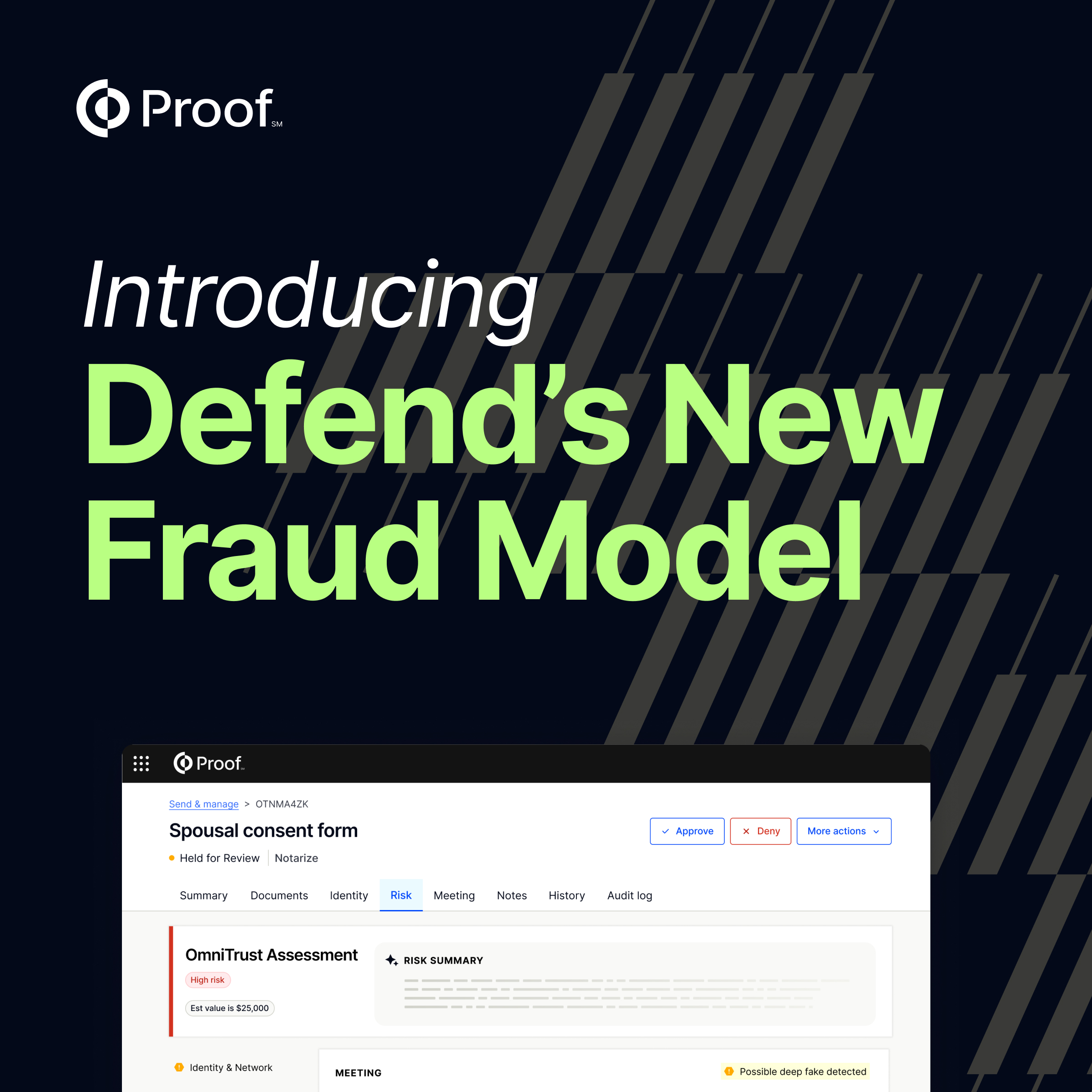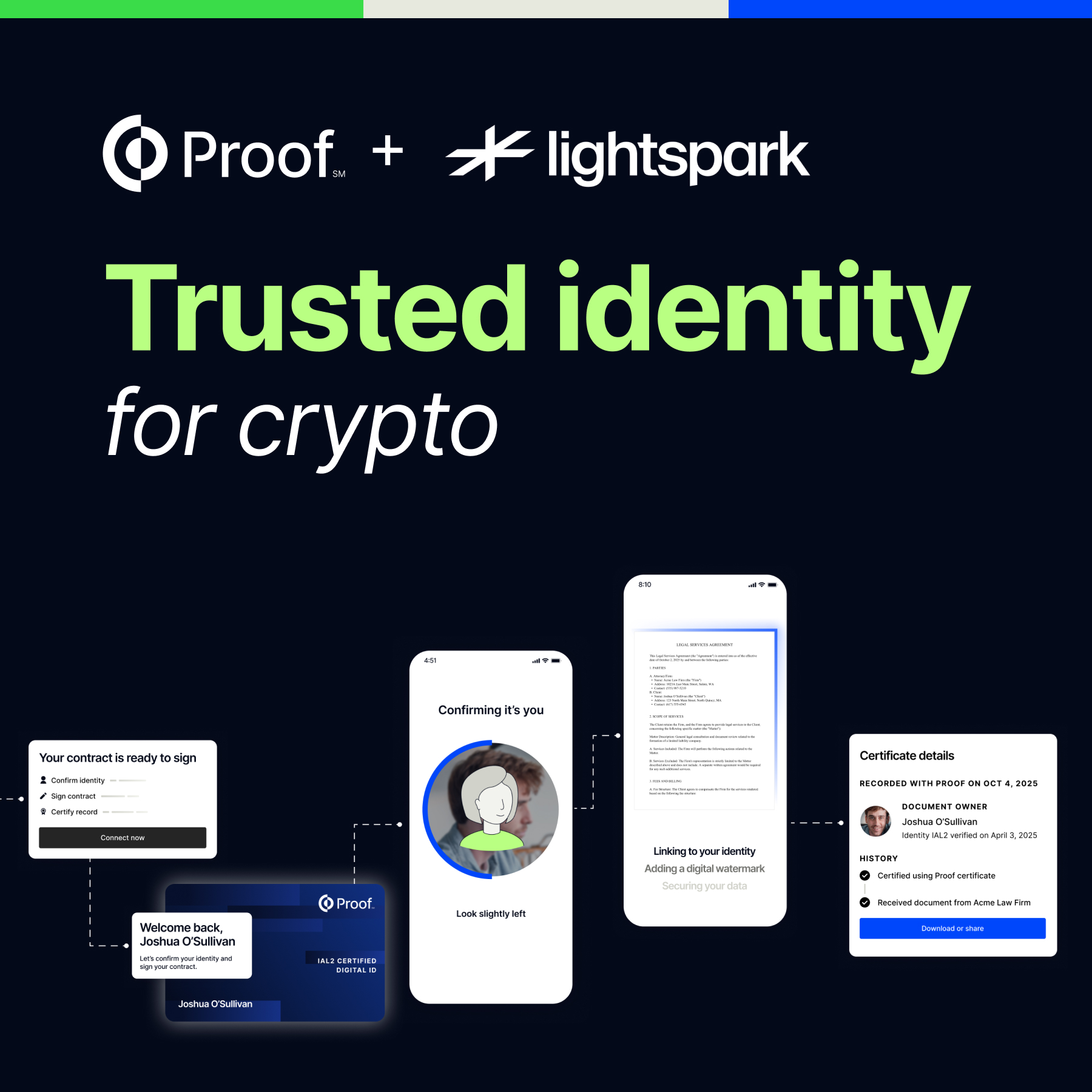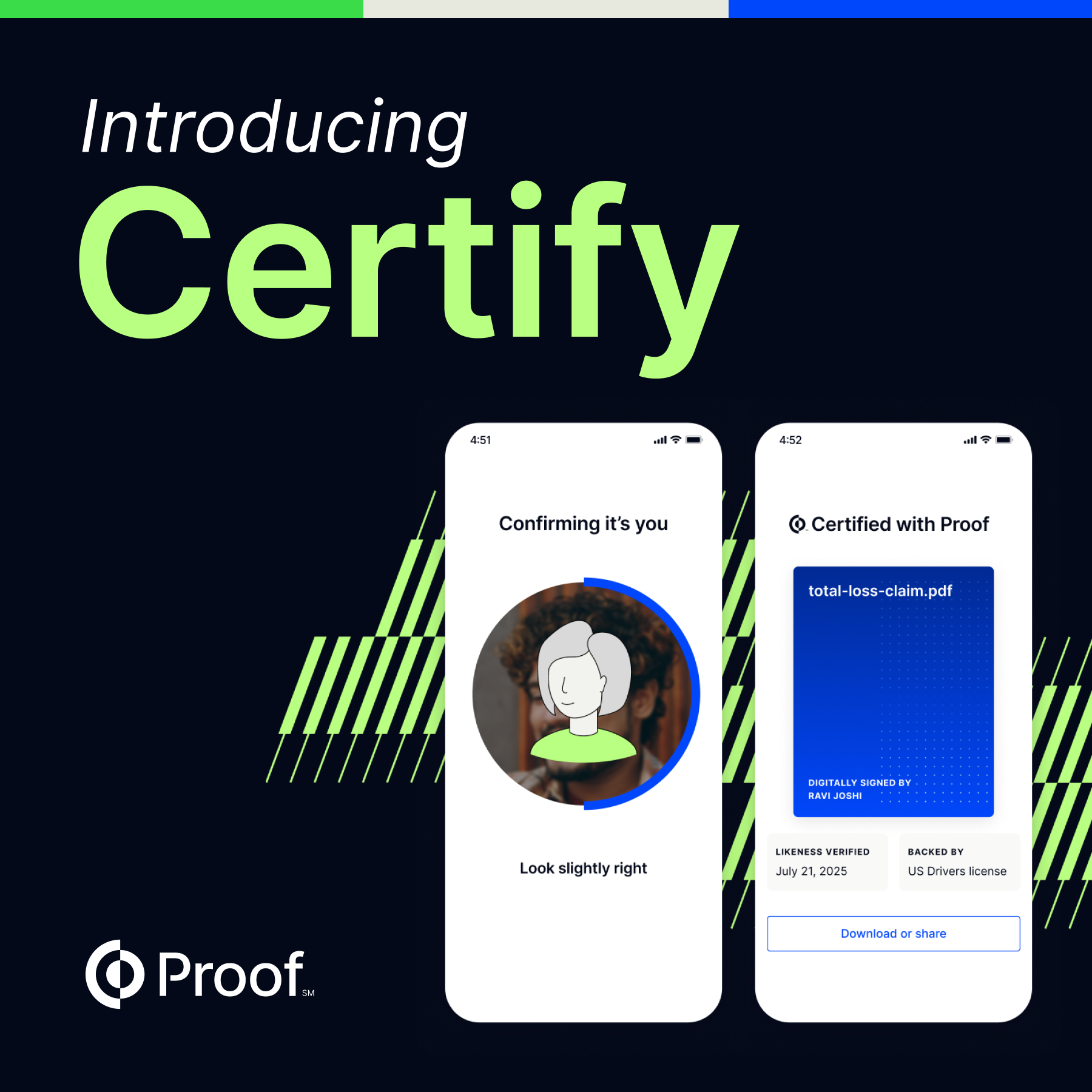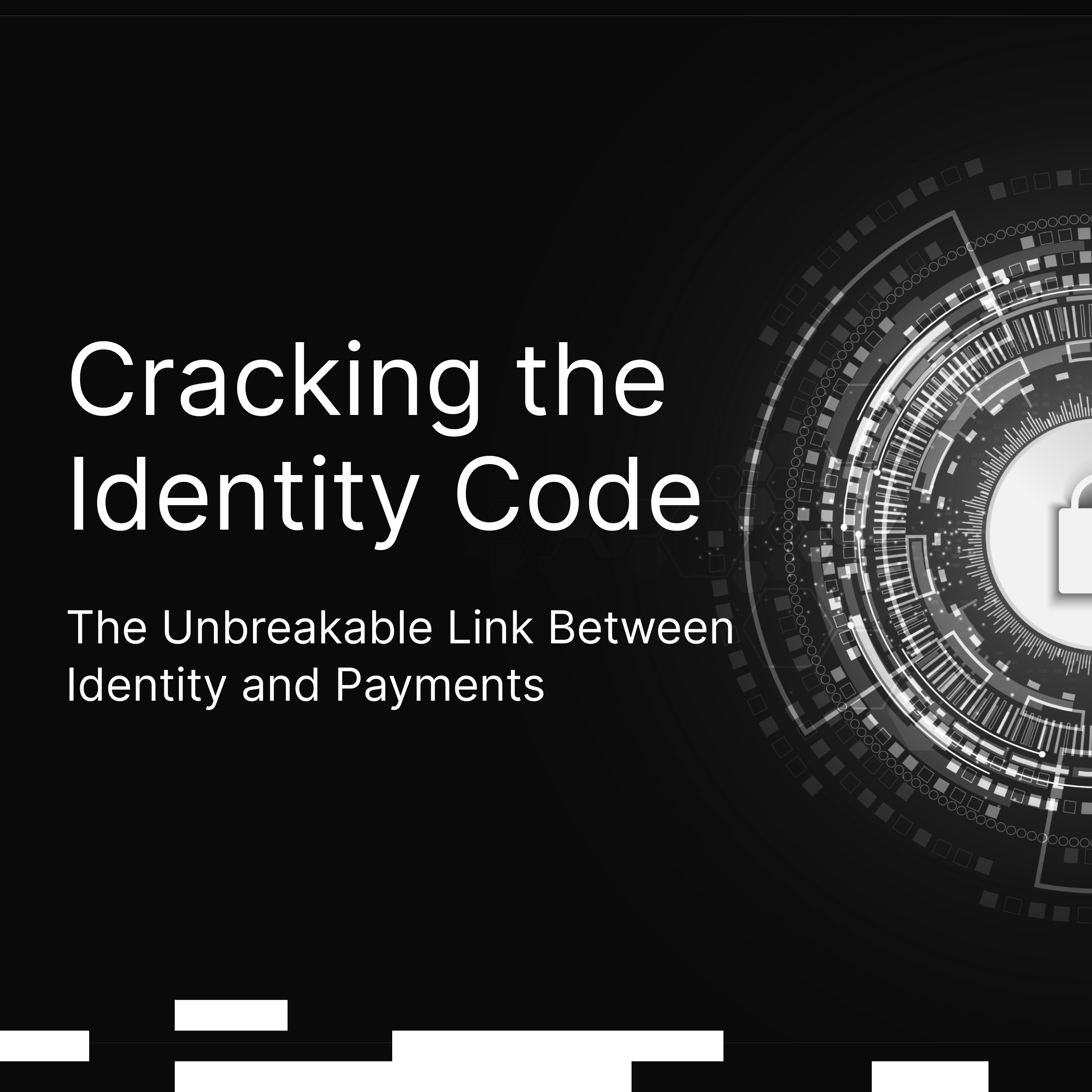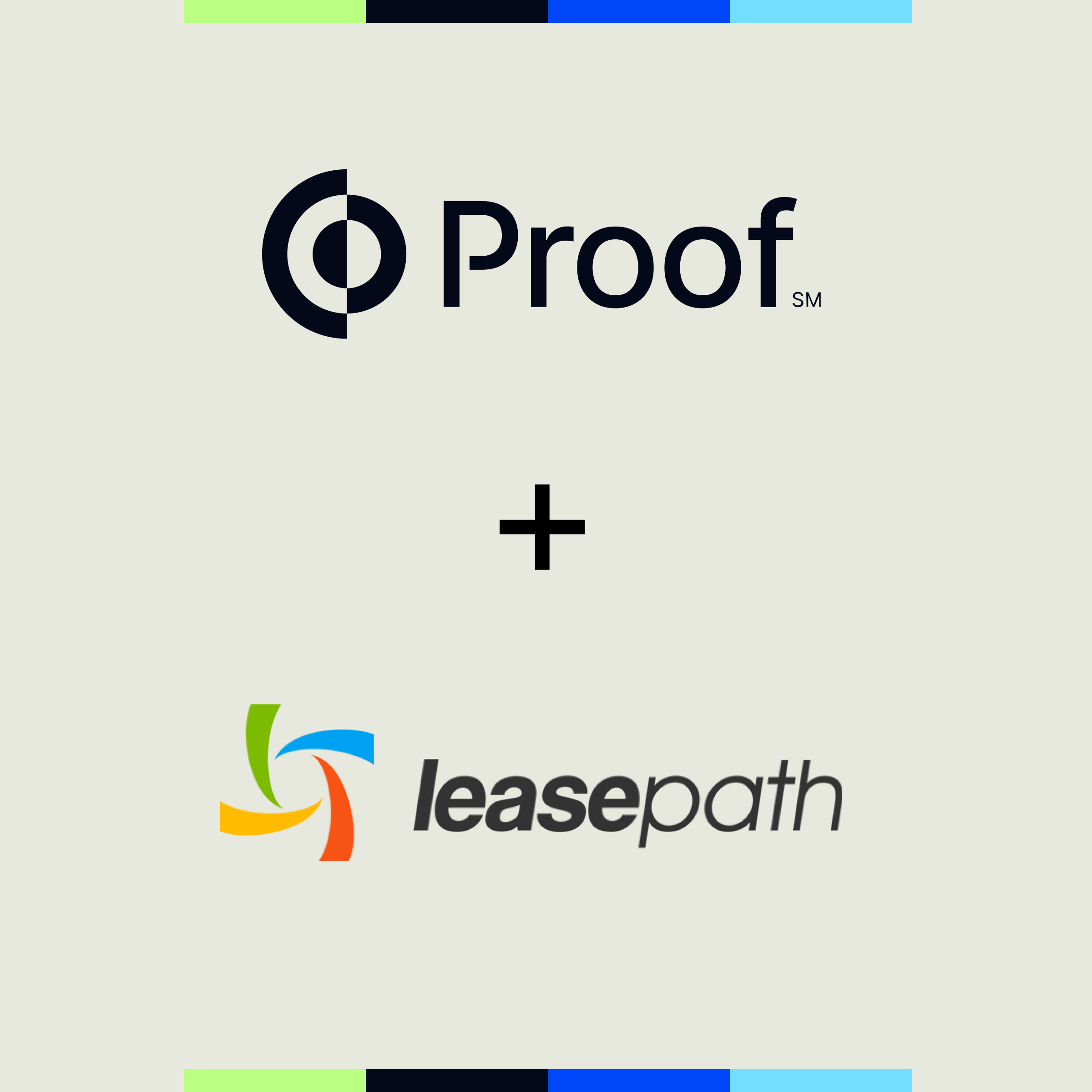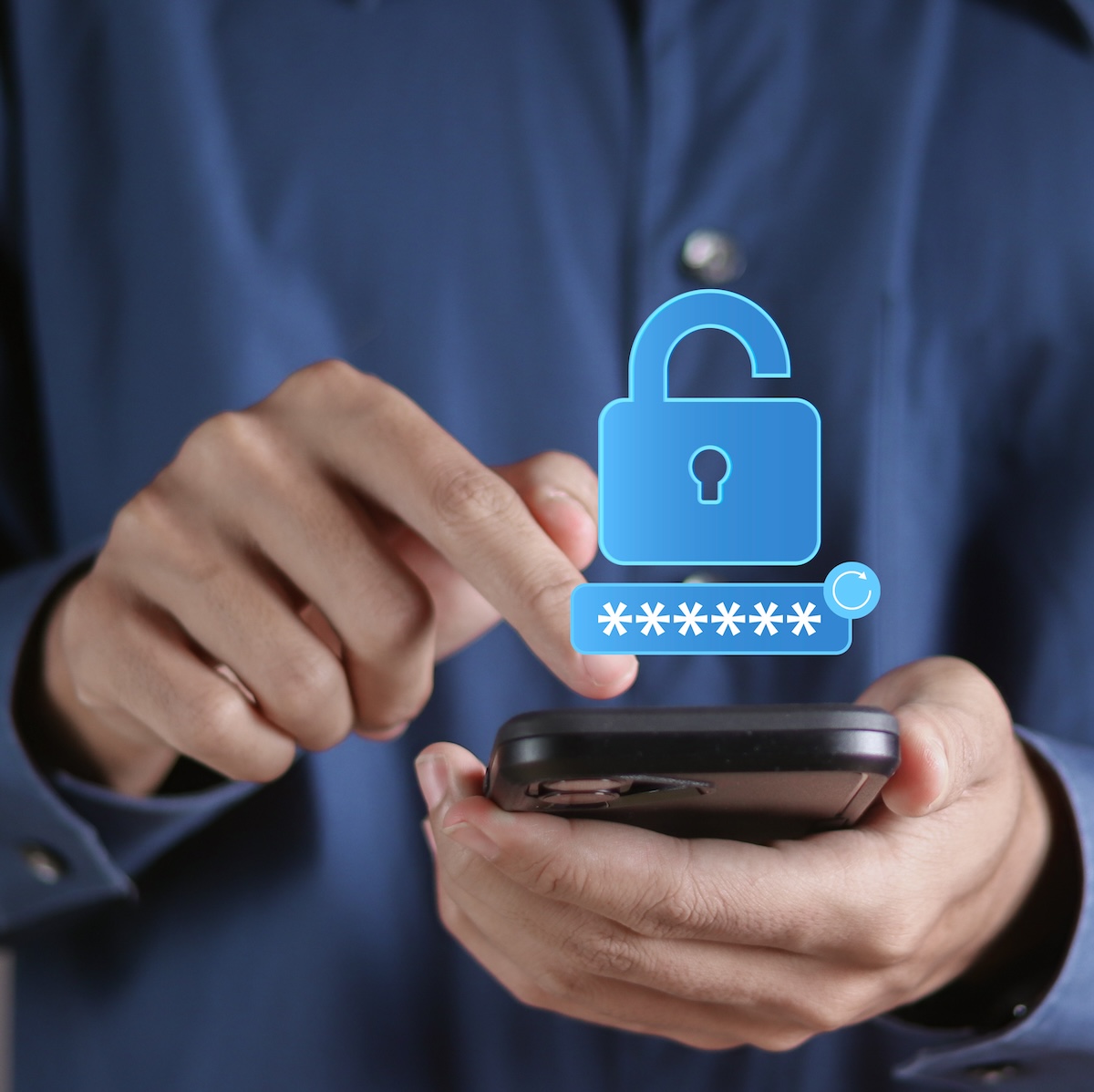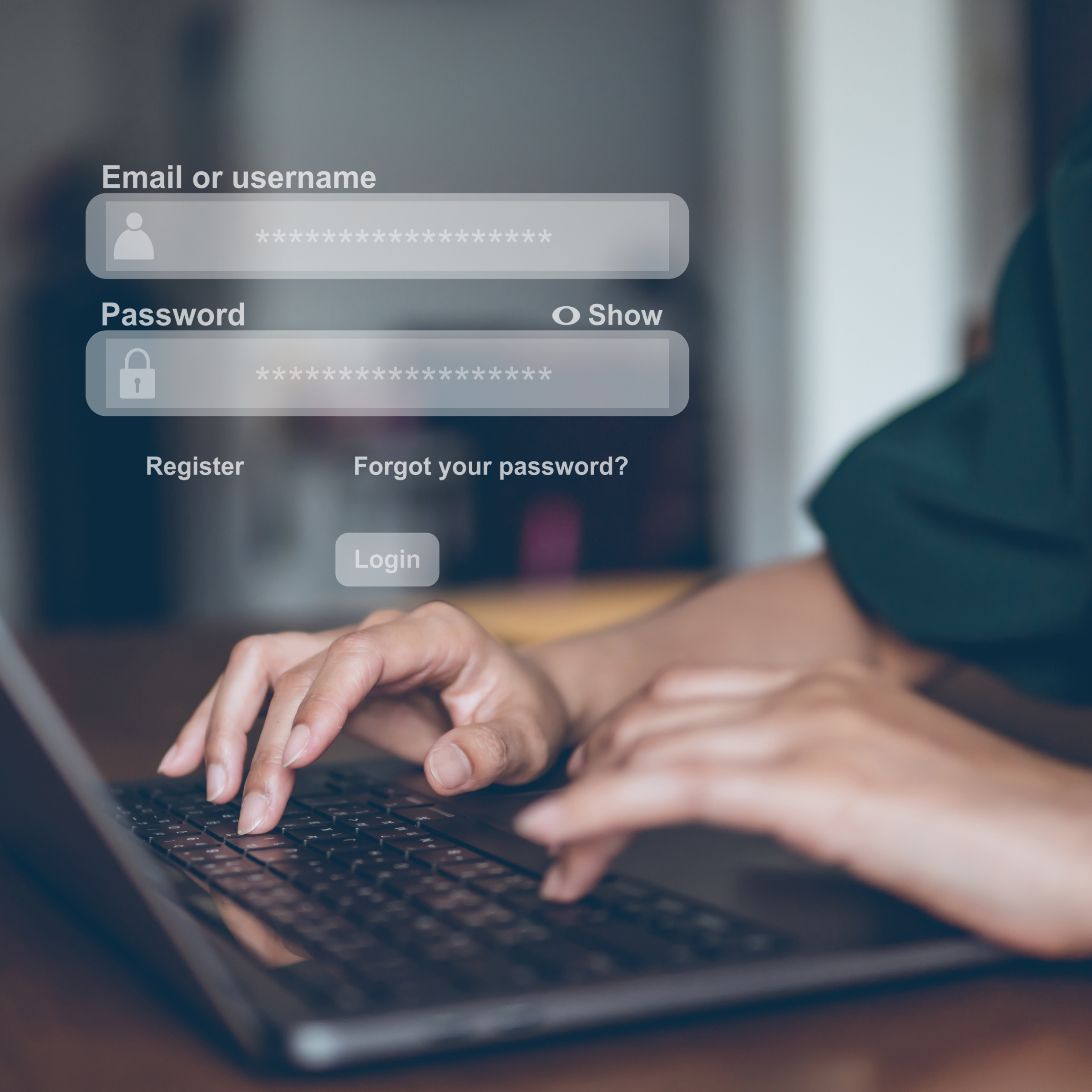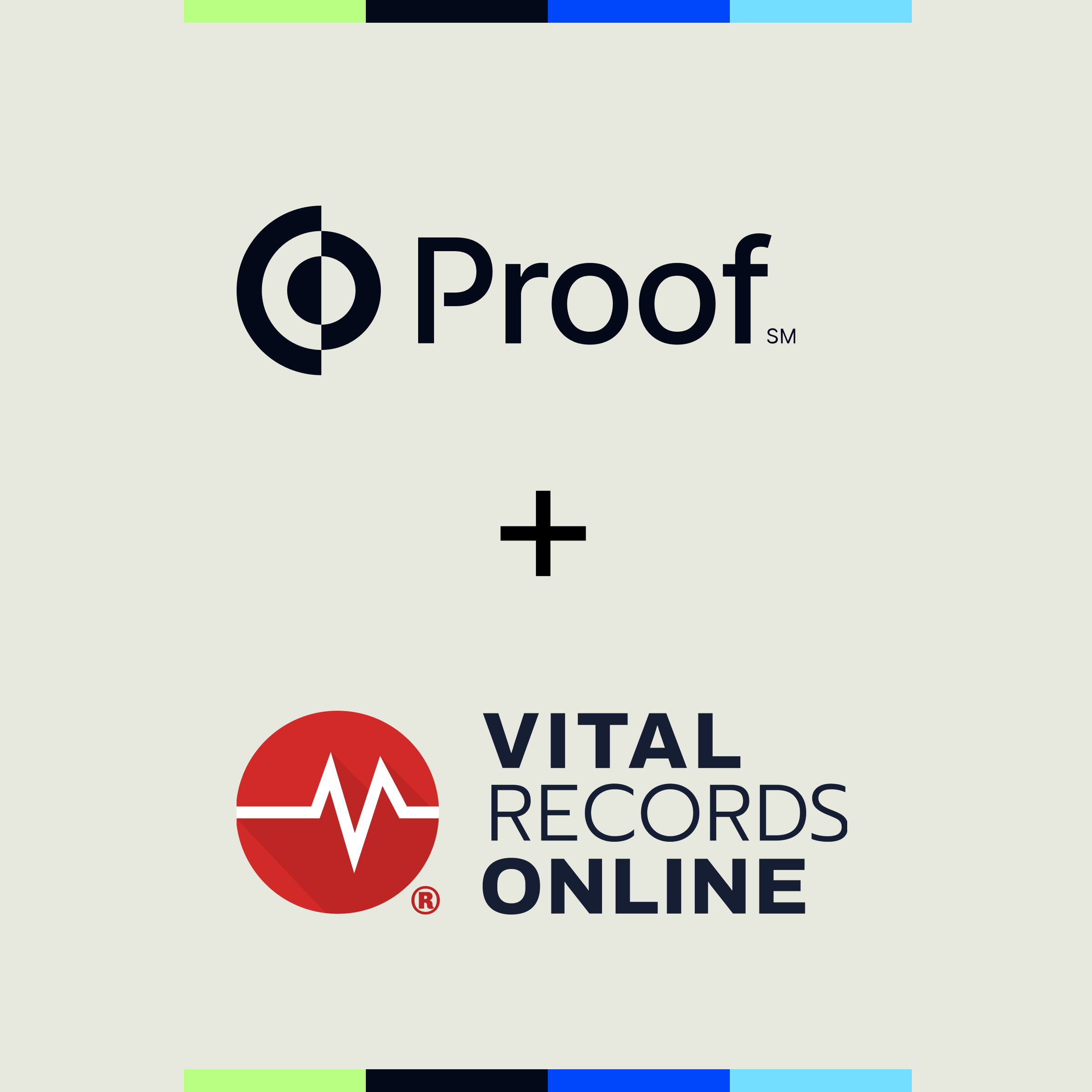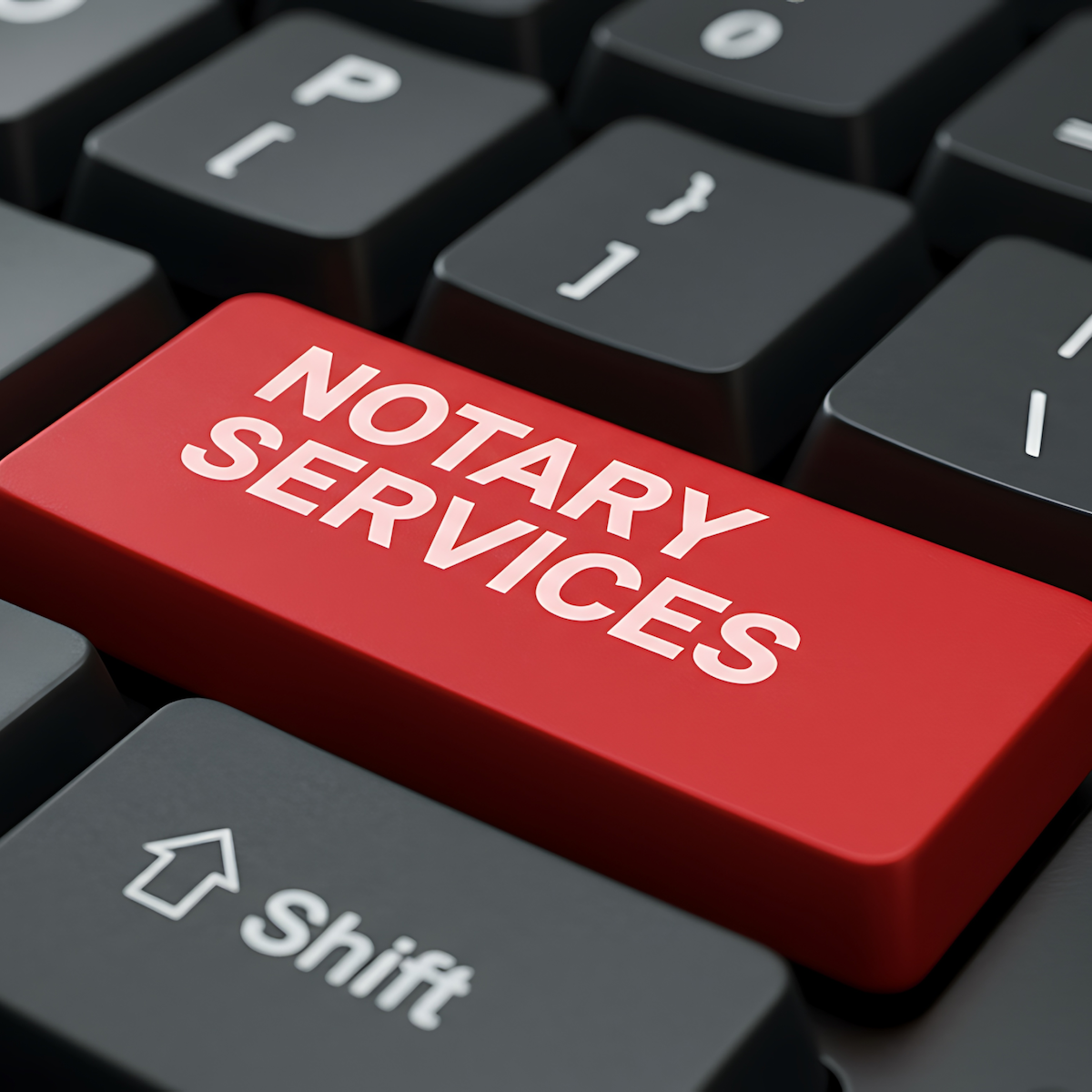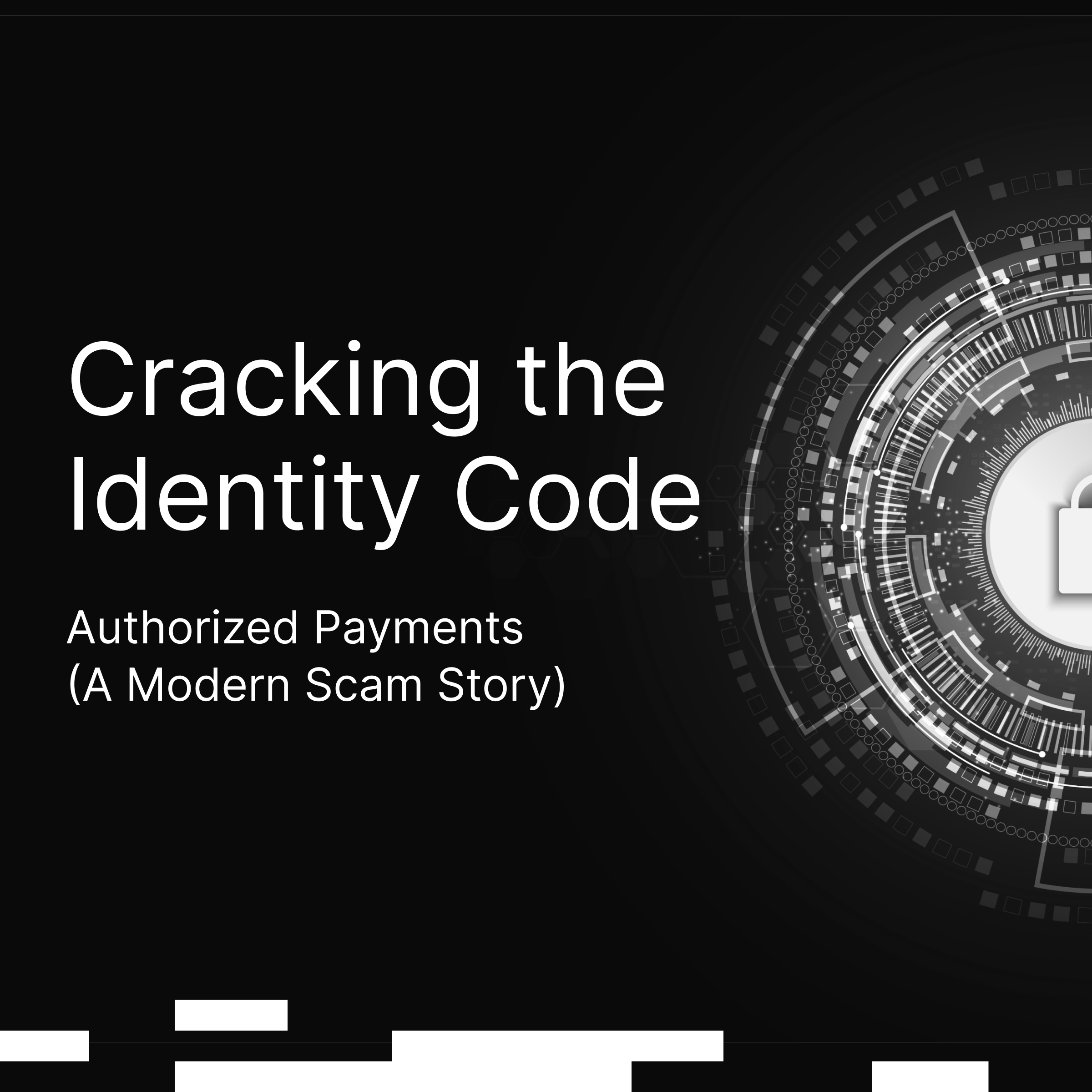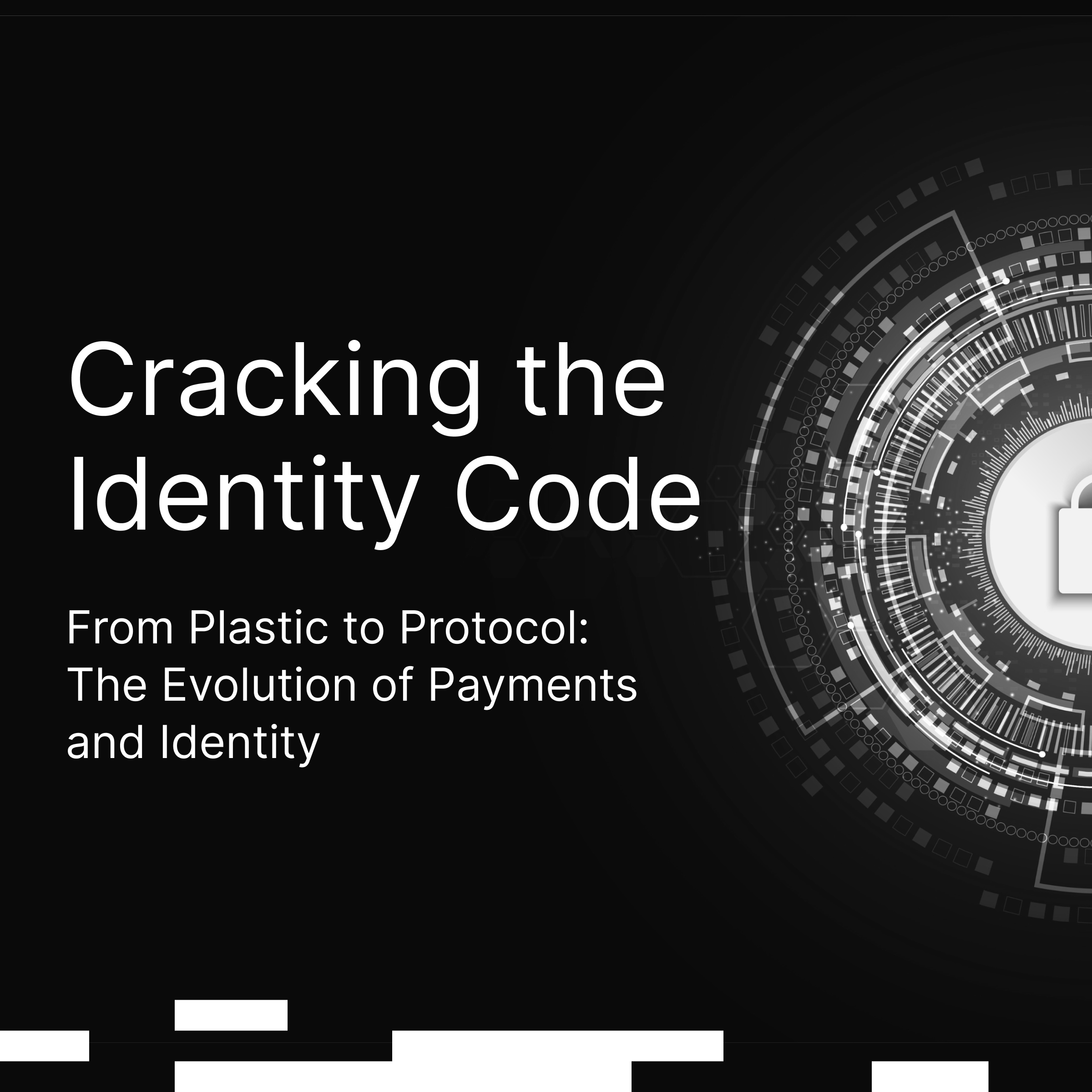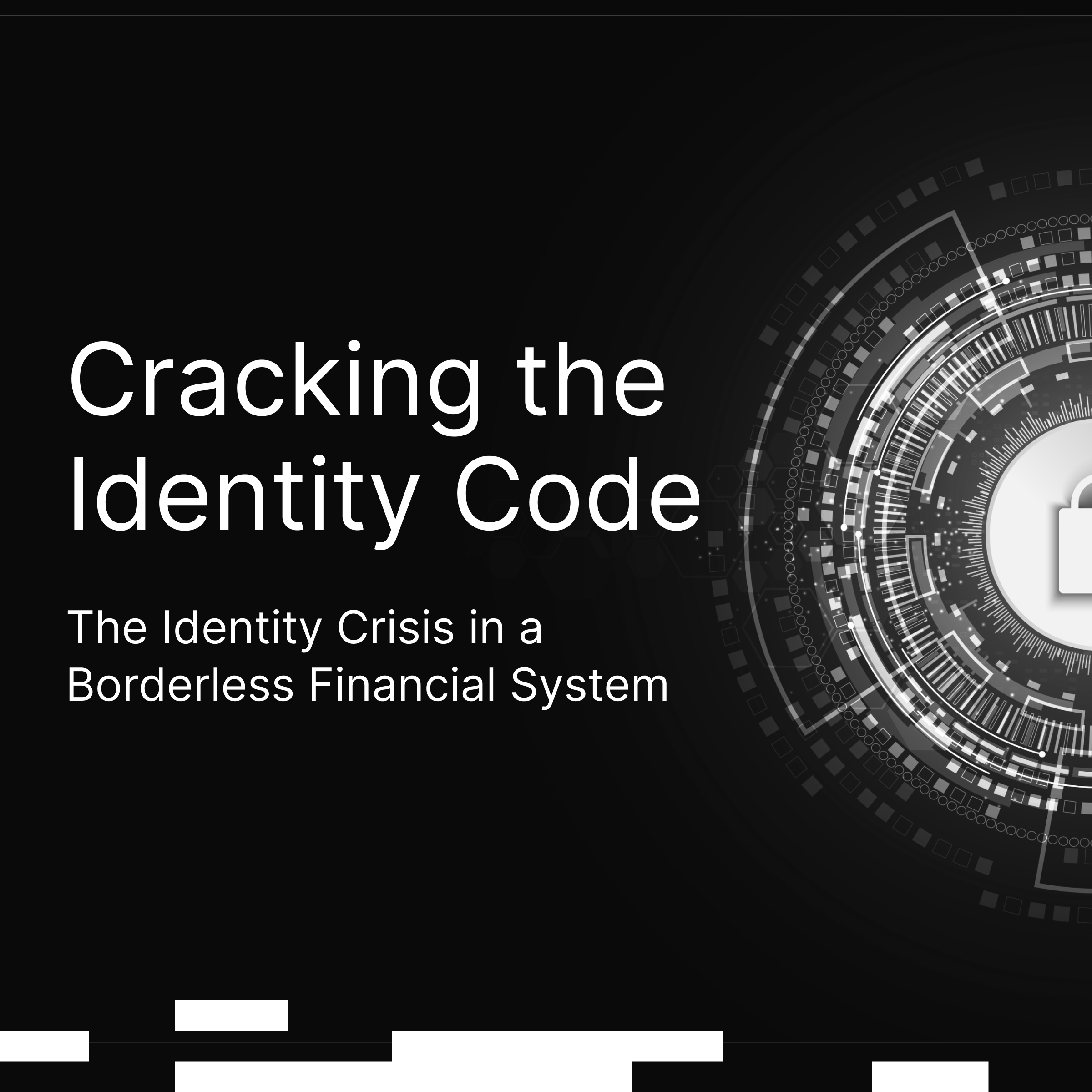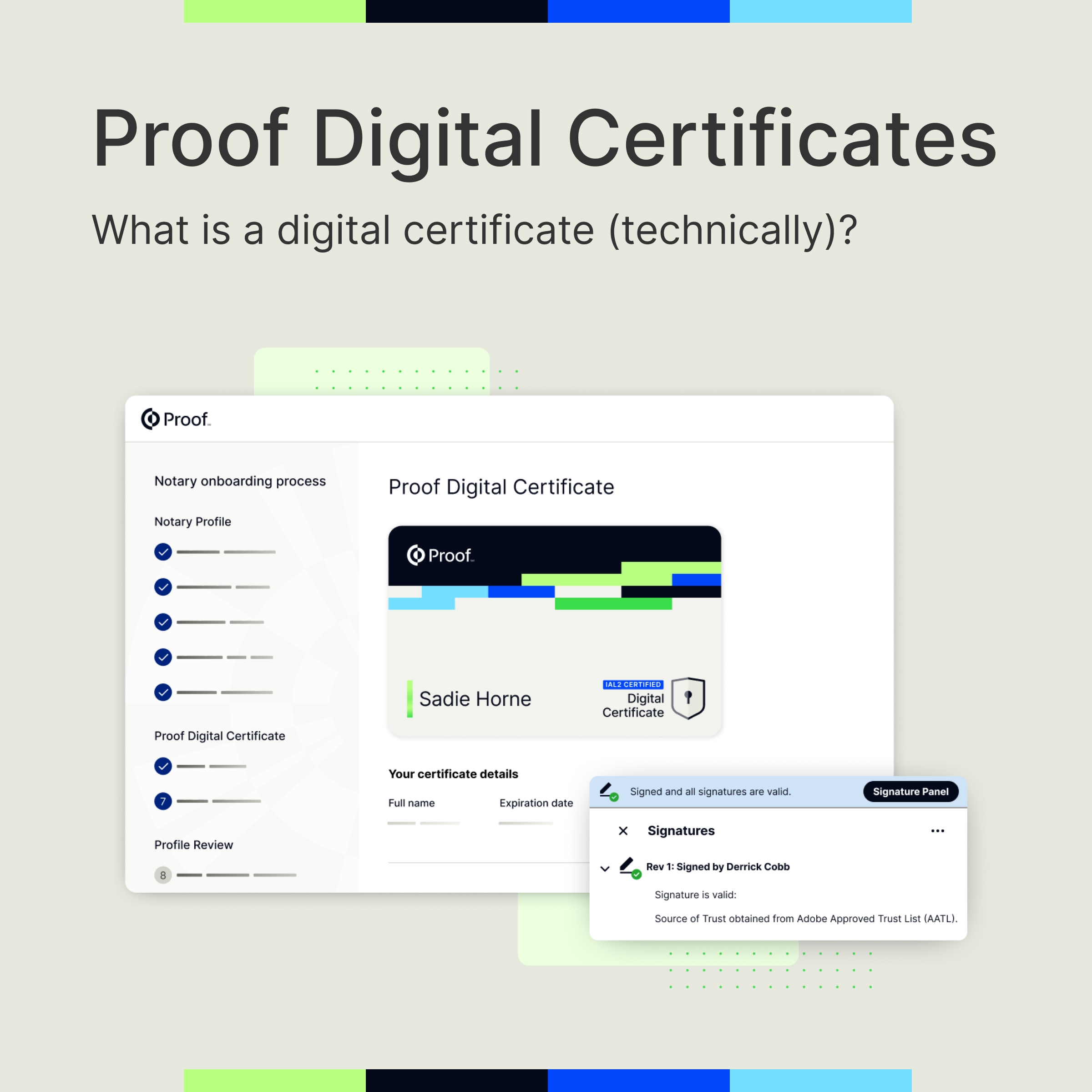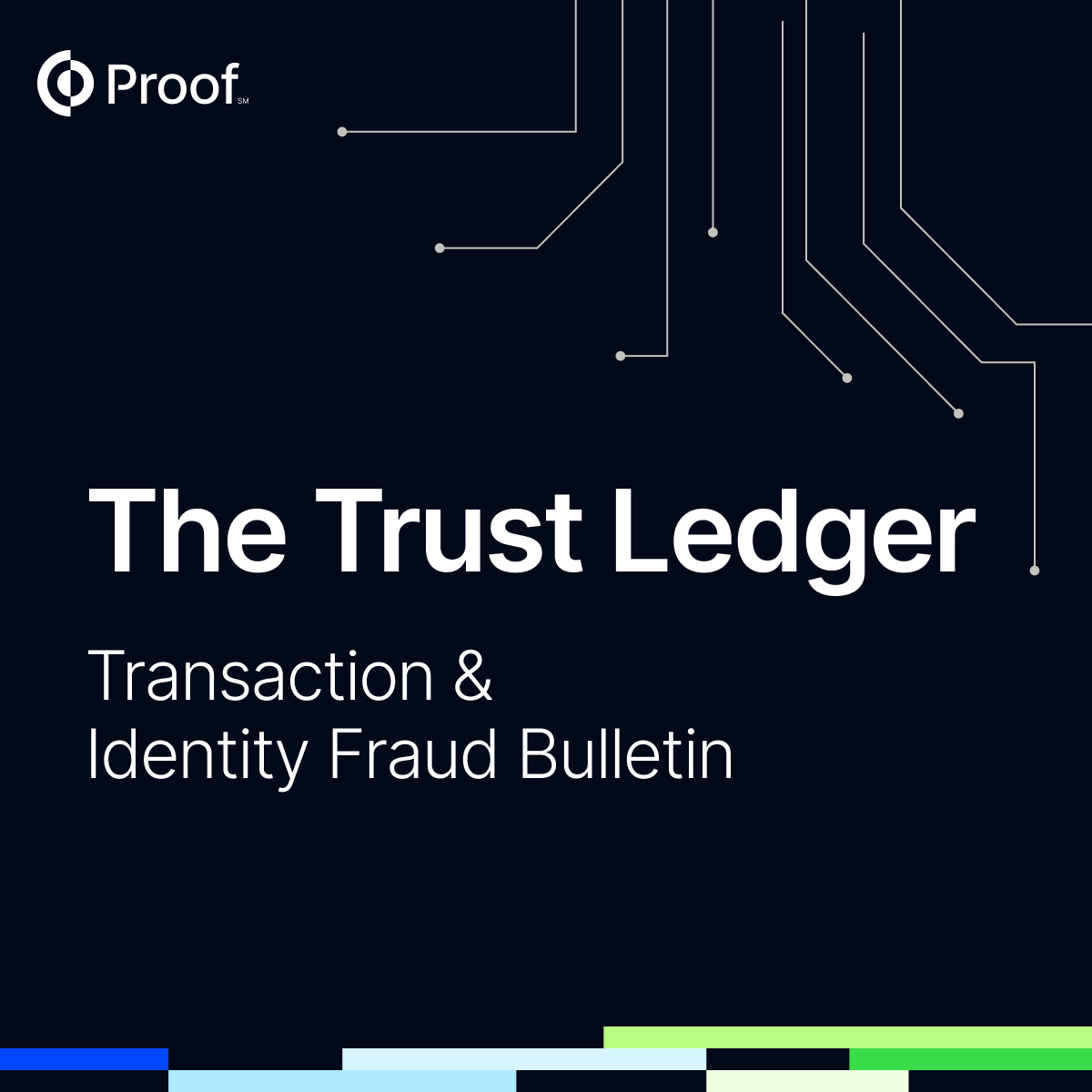Celebrating 25 Years of the ESIGN Act: The Foundation of Modern Digital Transactions


Today, we’re marking the 25th anniversary of the Electronic Signatures in Global and National Commerce (ESIGN) Act, a transformative law that reshaped the way we do business. Signed into law in 2000, the ESIGN Act gave electronic signatures and records the same legal standing as their paper counterparts.
In doing so, it laid the foundation for today’s digital economy - and for platforms like Proof to exist and thrive.
Why the ESIGN Act Mattered Then (And Still Matters Now)
In the late 1990s, electronic transactions were gaining traction, but legal uncertainty kept many businesses on the sidelines. Could a digital signature really hold up in court? Would electronic records meet compliance standards?
The ESIGN Act answered with a resounding yes. It offered a clear, federally recognized legal framework for using eSignatures and electronic records in interstate and international commerce.
Here’s what made it so foundational:
- Legal Equivalence: ESIGN gave electronic signatures and records the same legal weight as handwritten signatures and paper documents—eliminating doubt and accelerating adoption.
- Standardization: It established a consistent legal standard across state lines, giving businesses the confidence to digitize workflows without worrying about a patchwork of local laws.
- Technology Neutrality: ESIGN didn’t prescribe a single solution. Instead, it set baseline criteria, allowing innovation to flourish across platforms and providers.
- Consumer Protections: ESIGN built in key safeguards—like requiring affirmative consent to transact electronically and ensuring transparency in how electronic records are accessed and stored.
- Record Integrity: The law emphasized secure, accessible recordkeeping, which remains essential for audits, compliance, and long-term trust.
How ESIGN Enabled Remote Online Notarization (RON)
ESIGN didn’t just make eSigning possible; it also helped unlock Remote Online Notarization (RON), which allows signers and notaries to complete notarizations entirely online. Here’s how:
- It legitimized electronic signatures for documents that would later be notarized.
- It enabled electronic notarial acts, including digital seals and certificates.
- It provided a legal foundation for states to adopt RON legislation without conflicting with federal standards.
Thanks to ESIGN and supportive state laws, signers can notarize documents online in all 50 states - and is core to how businesses notarize everything from real estate closings to power of attorney forms through platforms like Proof.
ESIGN at 25: Still Powering Innovation
Even a quarter-century later, ESIGN remains the backbone of digital trust. Whether you're signing a loan agreement, onboarding a customer, or completing a notarization, ESIGN ensures those actions are secure, compliant, and enforceable. It continues to support:
- Enterprise digital transformation: saving time and money across industries
- Secure, high-trust workflows: with fraud prevention and identity verification layered in
- Sustainable operations: by reducing the need for paper, printing, and shipping
While the ESIGN Act remains as relevant as ever, the future of digital transactions will involve new technologies - AI, blockchain, even quantum computing. But the core principles of ESIGN (legal clarity, tech neutrality, and consumer protection) will continue to guide innovation.
From Legislation to Real-Life Impact: Proof Brings ESIGN to Life
The ESIGN Act made digital transactions legally possible. Proof makes them fast, secure, and easy. From eSignatures to remote online notarization, Proof delivers trusted workflows built for a high-stakes world.








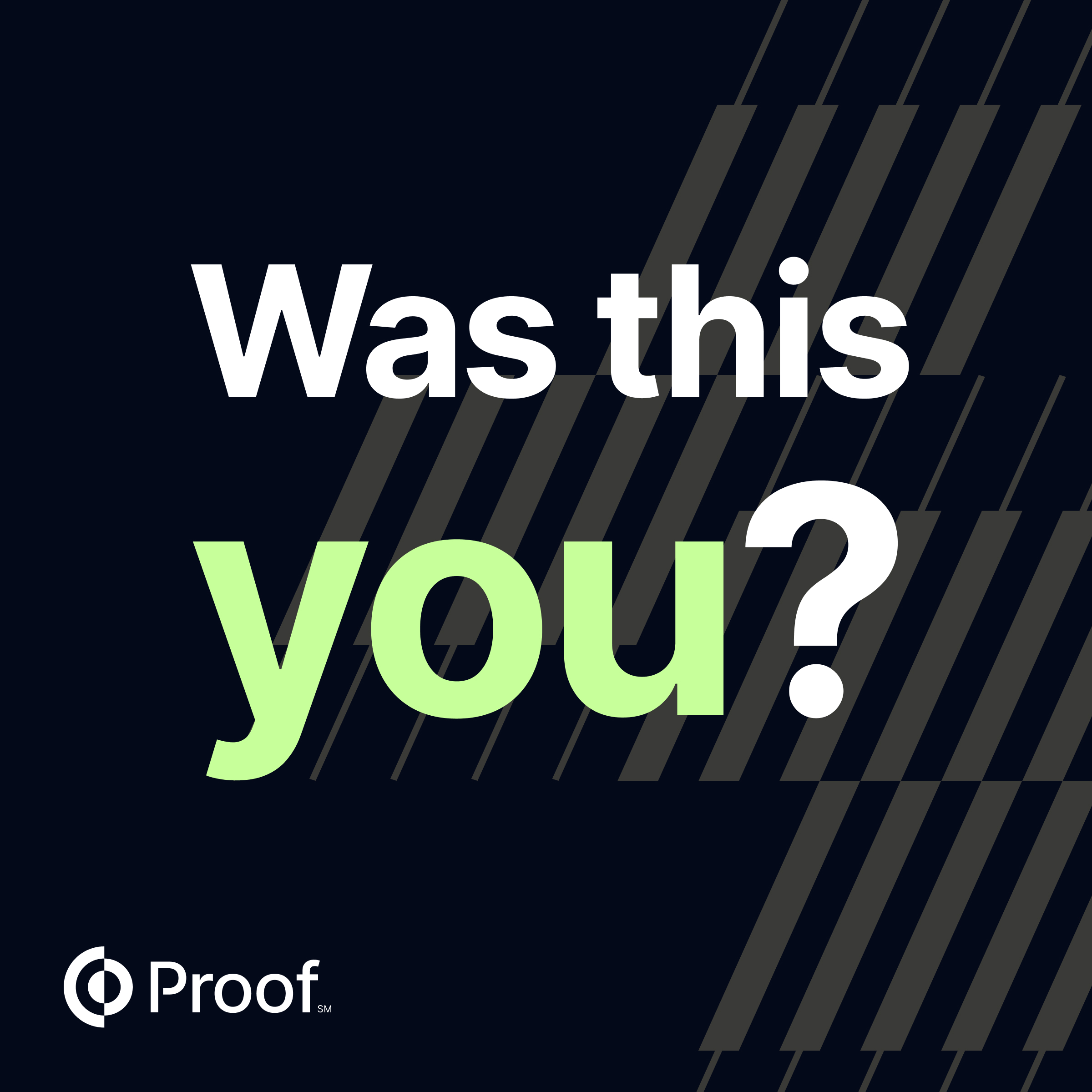










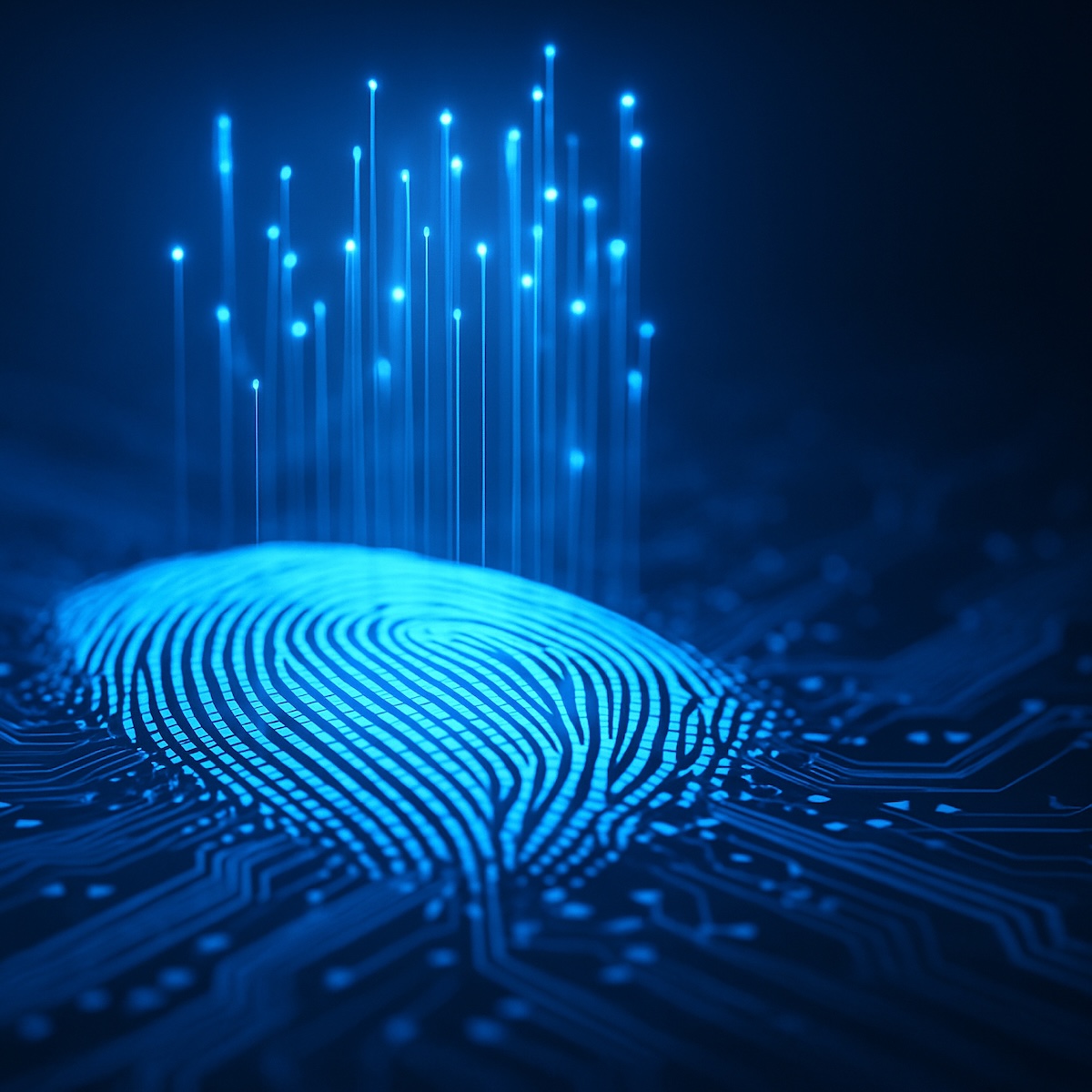













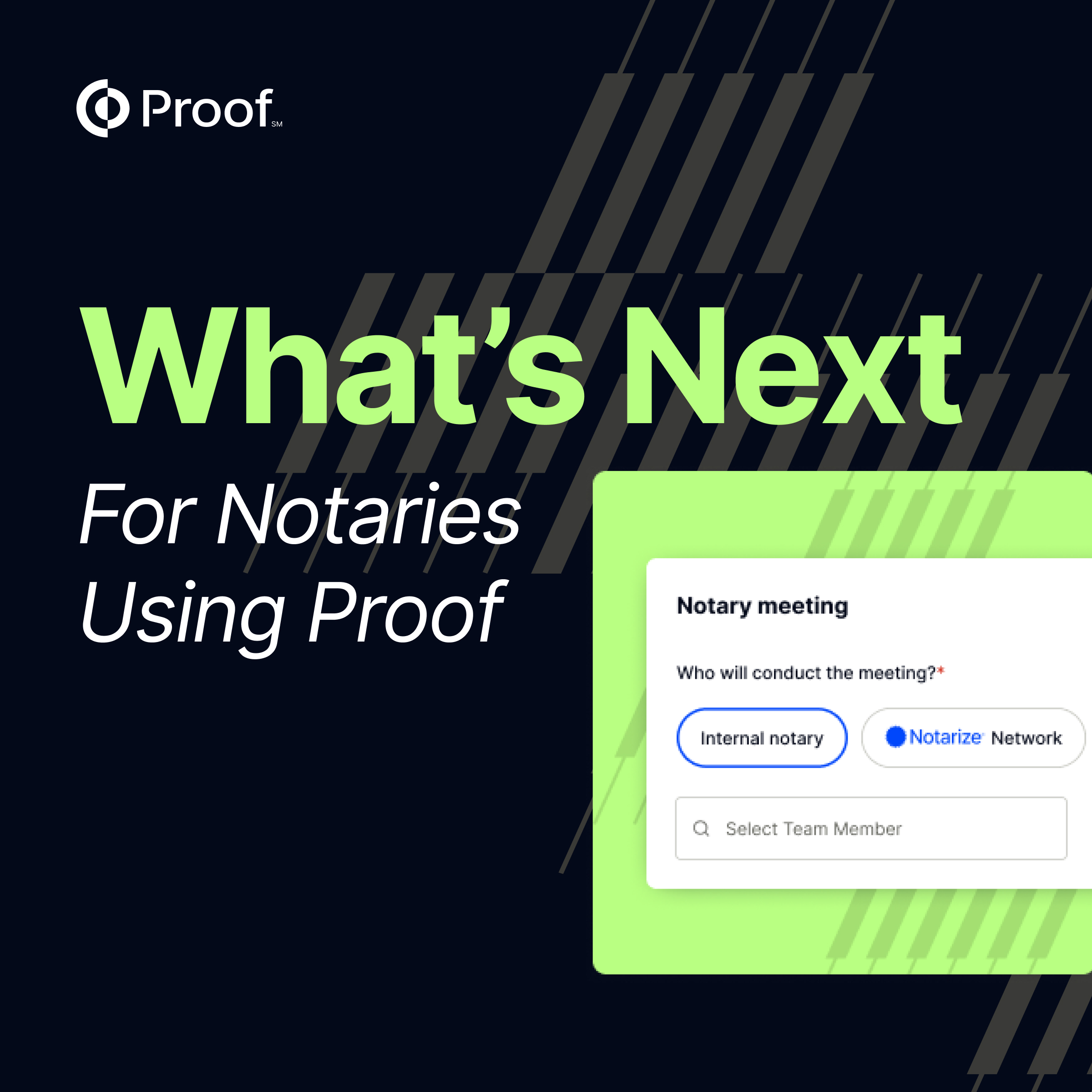





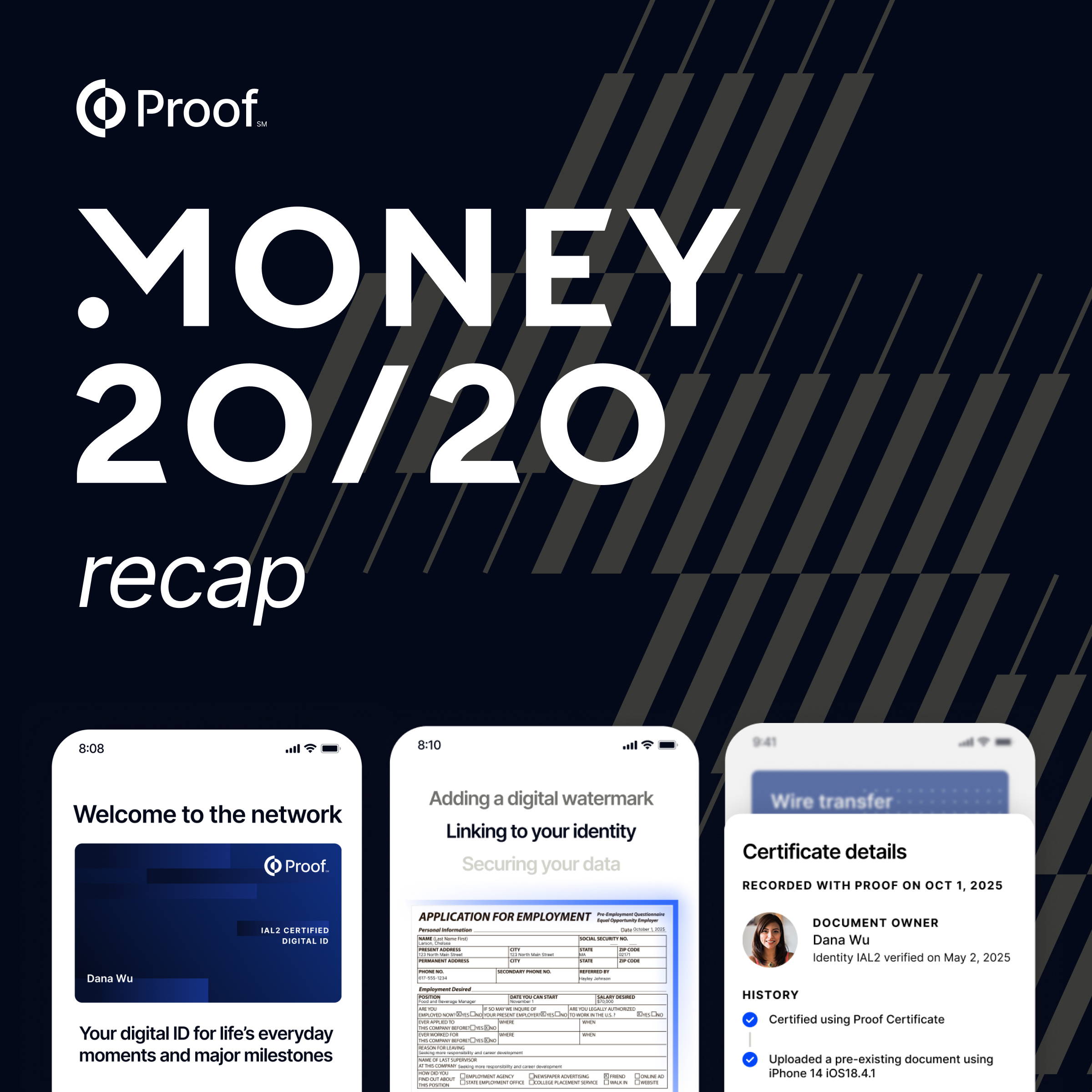




.png)


.jpg)
